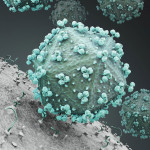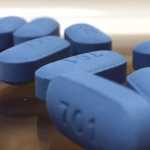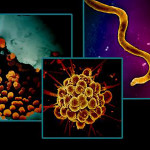New HIV infections in the United States continue to fall, with the greatest declines seen among gay and bisexual men, young people and people in the South, according to a new surveillance report from the Centers for Disease Control and Prevention (CDC). Estimated incidence fell from 32,700 infections in 2021 to 31,800 in 2022. Since 2018, overall HIV incidence has declined by 12%, driven by a 30% drop among those ages 13 to 24.
HIV testing and care indicators were about the same as last year. An estimated 87% of people living with HIV had been tested and knew their status, and 65% of those diagnosed were on treatment and had an undetectable viral load in 2022. But not all groups benefited equally: Viral suppression rates ranged from 61% for Black people to 71% for white people.
“Overall, data from these reports demonstrate that expanding the reach of HIV testing, PrEP and treatment have been effective—but our reach must extend even further, and progress must be faster, to achieve our national goal of ending new HIV infections in the United States,” CDC’s Robyn Neblett Fanfair, MD, MPH, and Jonathan Mermin, MD, MPH, wrote.







Comments
Comments